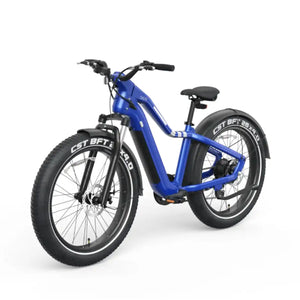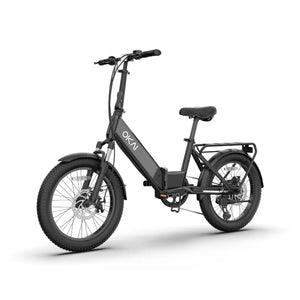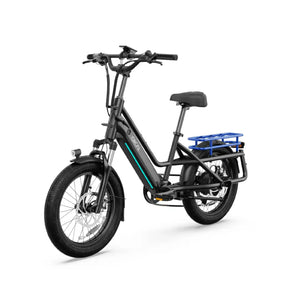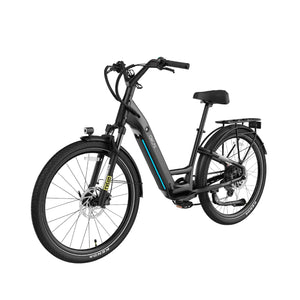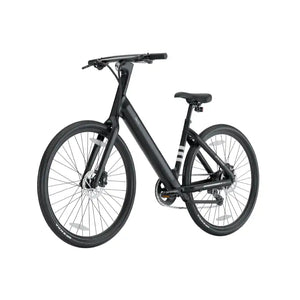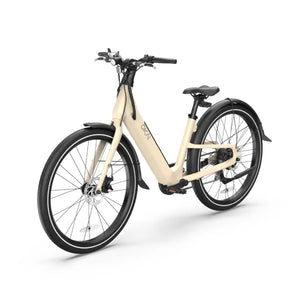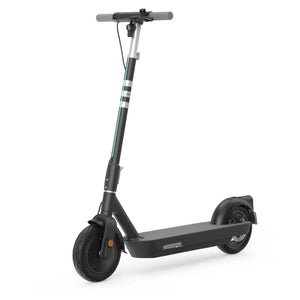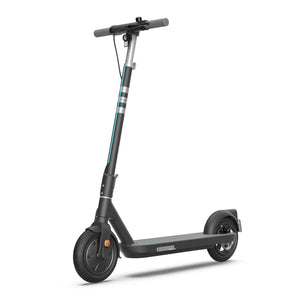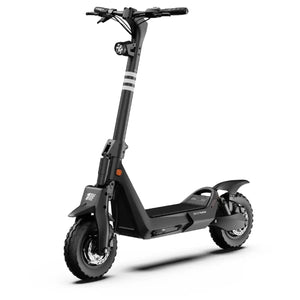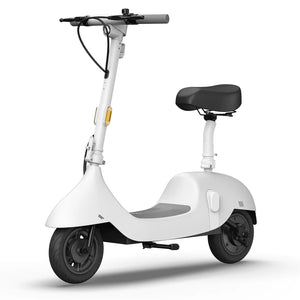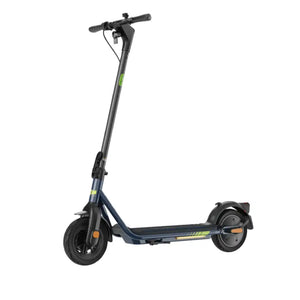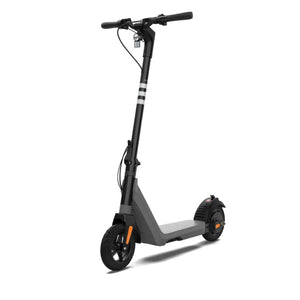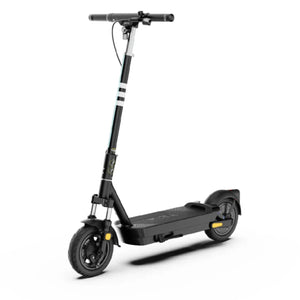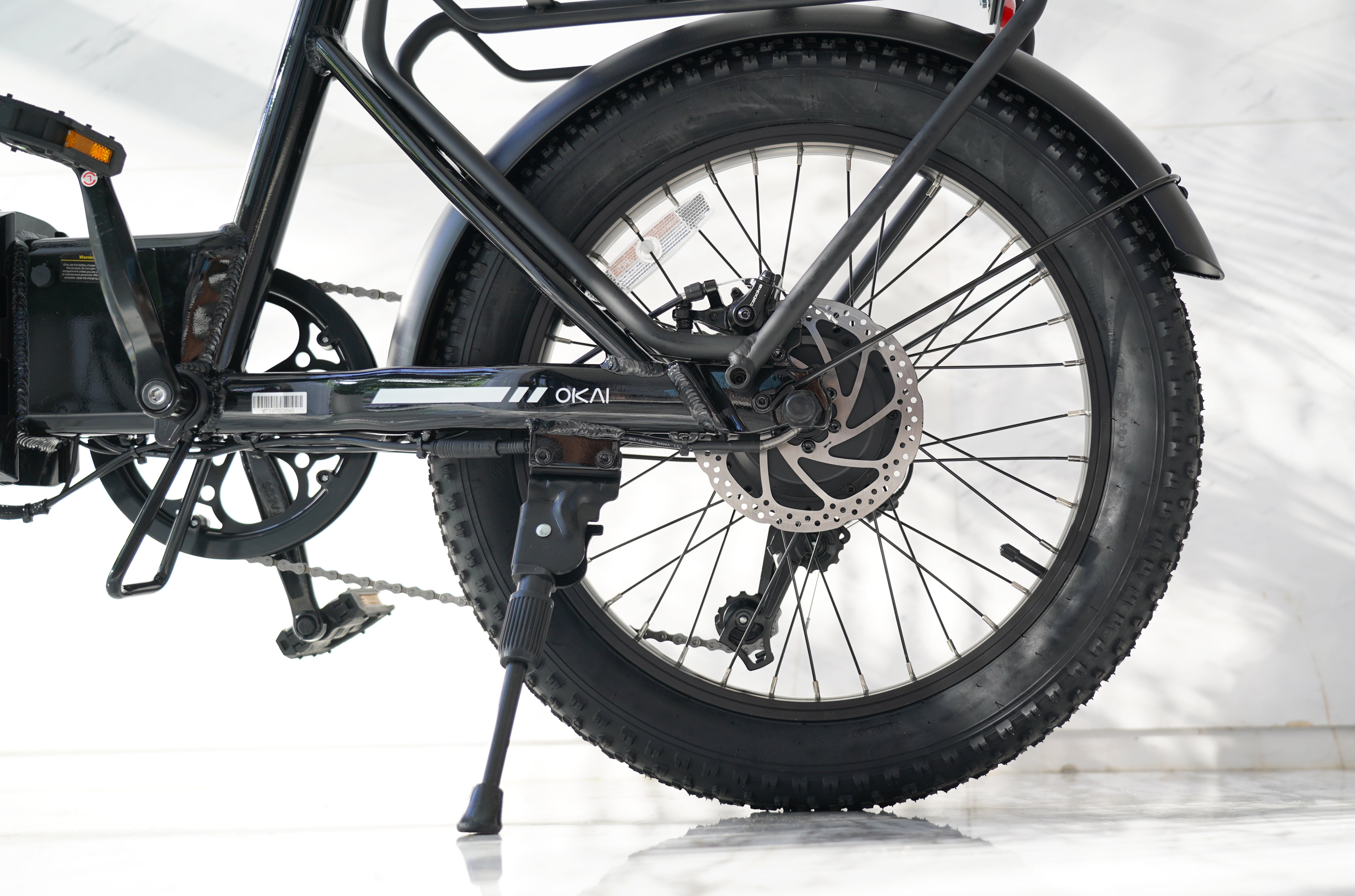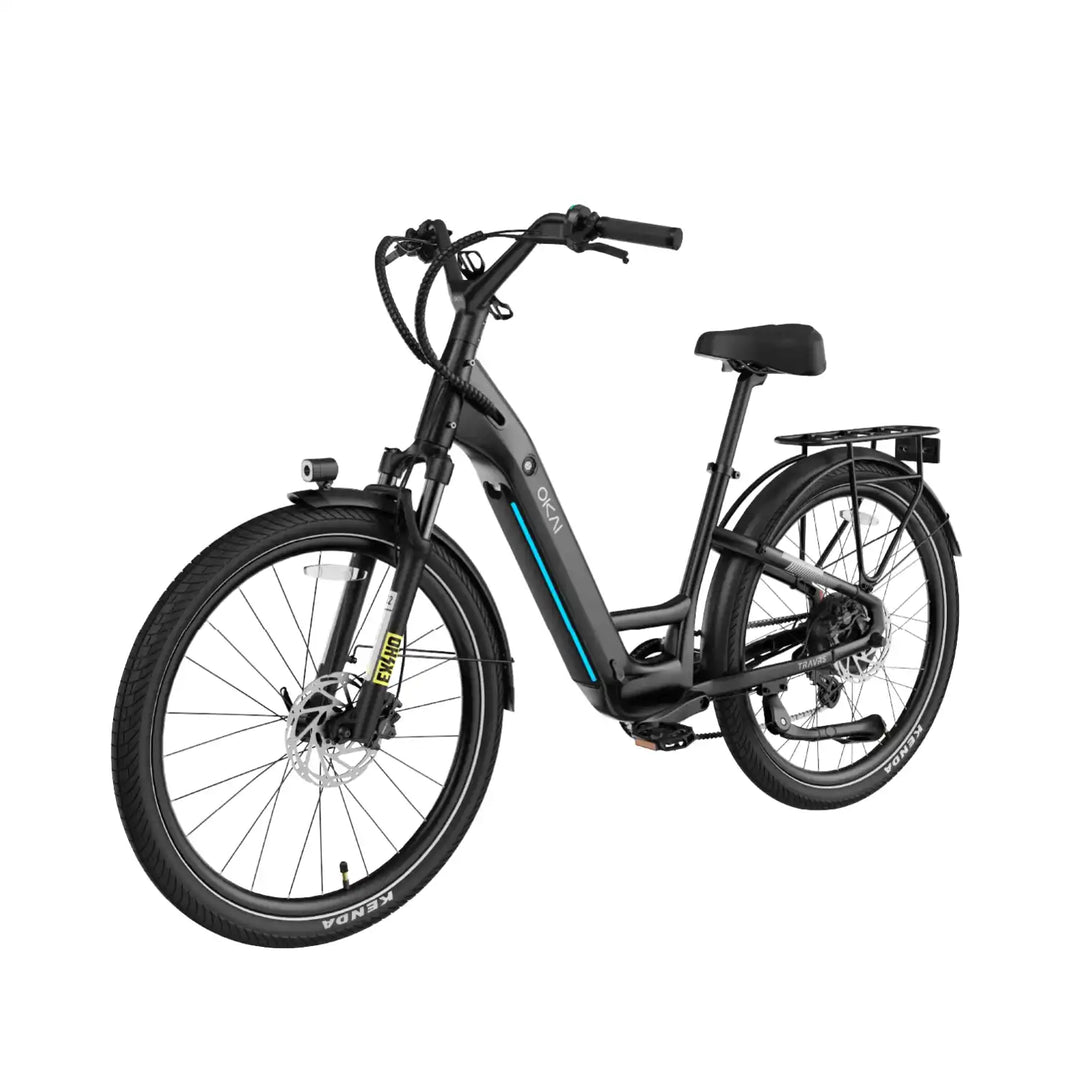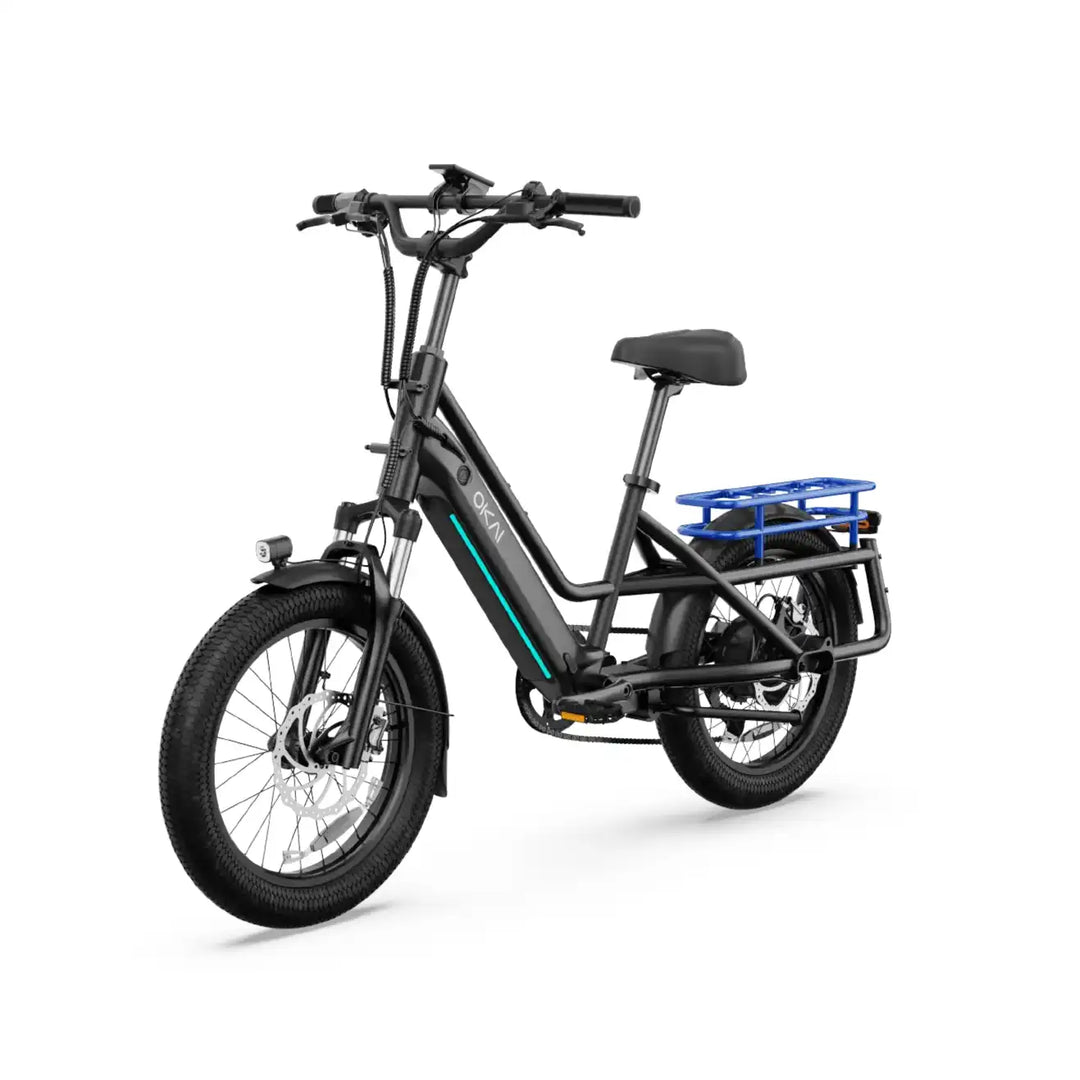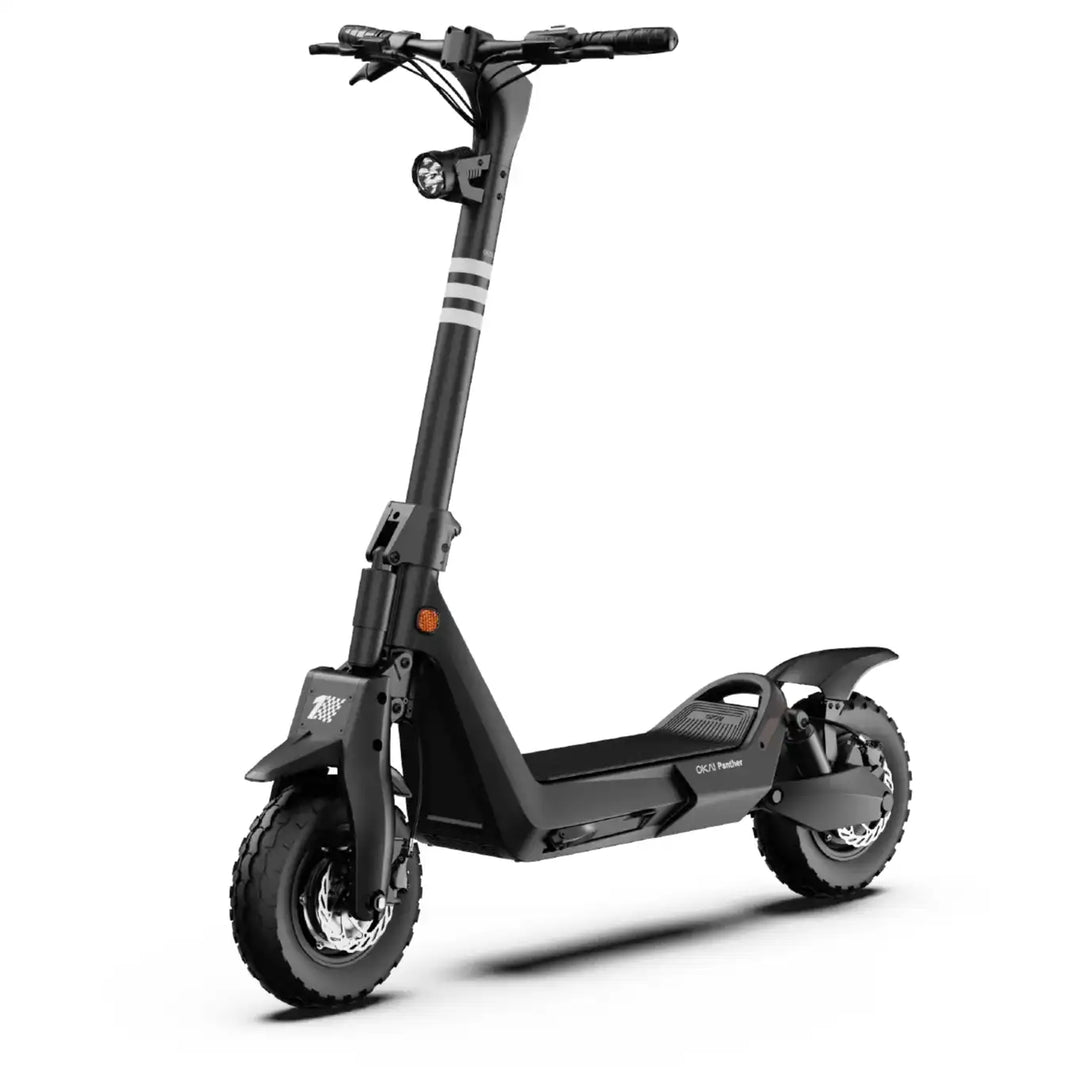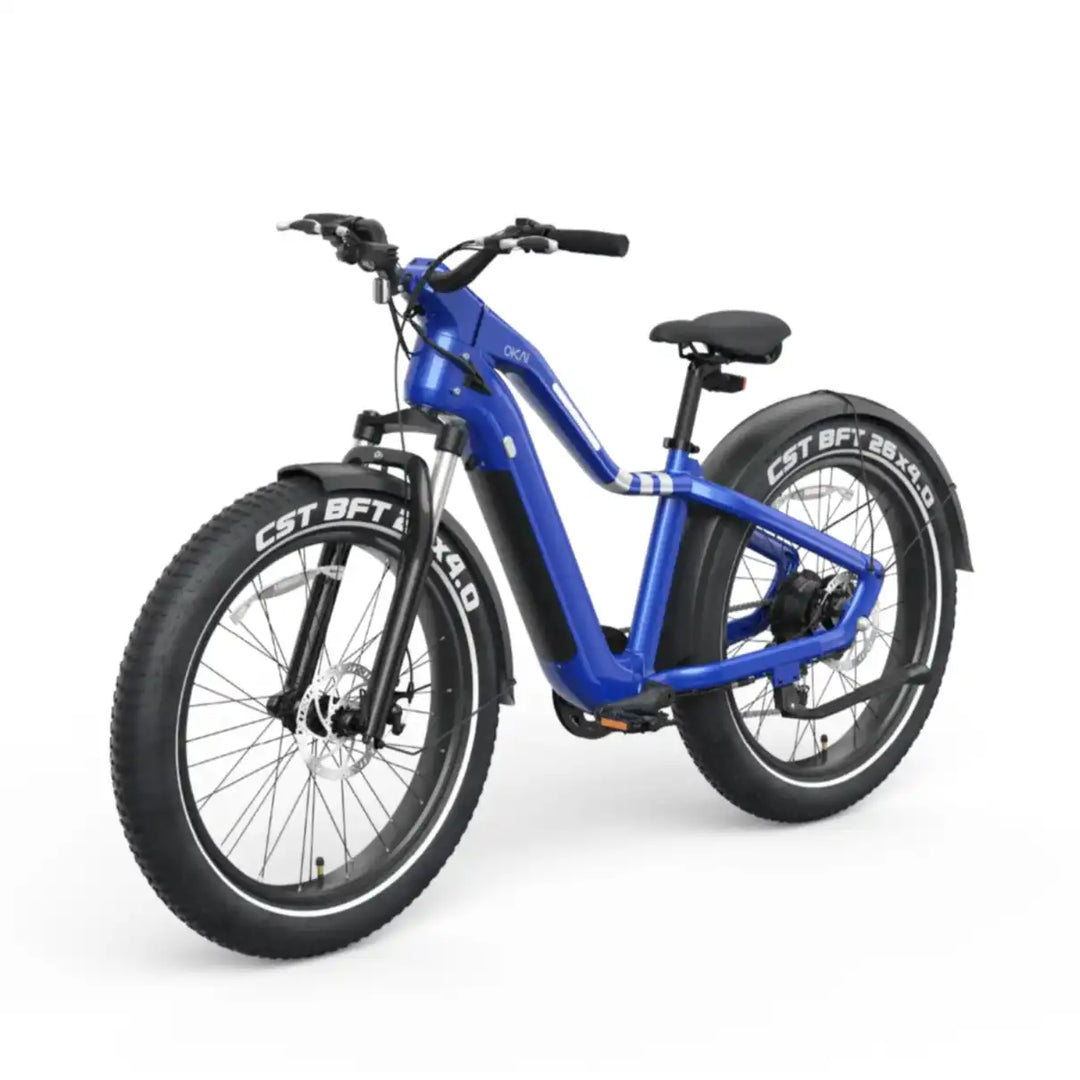The choice between pneumatic (air-filled) and solid tires can significantly impact performance, comfort, and maintenance. Both types have their unique benefits and drawbacks, making them suitable for different uses, though in the end it's really up to user preference.
Pneumatic Tires
Structure and Composition: Pneumatic tires are designed with an outer layer of flexible rubber that is inflated with air. This design allows the tire to absorb shocks and vibrations, providing a more cushioned ride.
Advantages:
- Comfort and Smooth Ride: The primary benefit of pneumatic tires is their ability to offer a smooth and comfortable ride. The air inside the tire acts as a shock absorber, reducing the impact of bumps and uneven surfaces. This makes them ideal for users who put ride quality as their number one.
- Enhanced Traction and Handling: Pneumatic tires adapt to the surface they are on, improving grip and handling. This adaptability is advantageous for navigating a variety of terrains, from paved roads to rough trails.
- Lower Rolling Resistance: Pneumatic tires generally have lower rolling resistance compared to solid tires, which can contribute to better fuel efficiency and reduced energy consumption.
Disadvantages:
- Puncture Risk: One of the significant downsides is the risk of punctures and air leaks. Sharp objects or rough terrain can damage the tire, leading to deflation and potential downtime. Regular monitoring and maintenance are required to ensure the tire remains in good condition.
- Maintenance Needs: Pneumatic tires require ongoing maintenance, including checking air pressure and inspecting for potential damage. This can be a drawback for users looking for a low-maintenance option.

Solid Tires
Structure and Composition: Solid tires are made from a solid rubber or composite material and do not contain any air. This design makes them inherently more durable and resistant to punctures.
Advantages:
- Durability and Puncture Resistance: Solid tires are highly resistant to punctures, cuts, and abrasions. This makes them ideal for environments where the tires are exposed to harsh conditions or sharp objects, such as industrial settings or construction sites.
- Low Maintenance: Because solid tires do not require air, they eliminate the need for pressure checks and are less likely to suffer from deflation. This results in lower overall maintenance requirements.
- Consistent Performance: Solid tires maintain their shape and performance under various conditions, providing reliable and stable handling.
Disadvantages:
- Reduced Comfort: Solid tires lack the shock-absorbing capability of pneumatic tires, leading to a harsher ride. This can be uncomfortable, especially over uneven or rough terrain.
- Higher Rolling Resistance: Solid tires typically have higher rolling resistance compared to pneumatic tires. This can lead to increased energy consumption and reduced efficiency
- Increased Weight: Solid tires are often heavier than pneumatic alternatives, which can affect the overall weight and handling of the vehicle

Applications and Suitability
Pneumatic Tires:
- Vehicles: Ideal for bicycles where comfort and handling are crucial. They are also suitable for off-road vehicles that need good traction and a smooth ride.
- General Use: Best for applications where puncture risk is low, and ride quality and efficiency are priorities.
Solid Tires:
- Strong Durability: Commonly used where durability and low maintenance are essential. They are well-suited for environments with heavy loads and harsh conditions.
- Rough Environments: Suitable for settings where tires are prone to damage and where minimal maintenance is preferred.
Conclusion
Choosing between pneumatic and solid tires depends on your specific needs and priorities. Pneumatic tires offer a comfortable ride, better traction, and lower rolling resistance, making them ideal for everyday commutes and varied terrains. However, they require regular maintenance and are vulnerable to punctures. Solid tires provide durability, low maintenance, and consistent performance, but at the cost of comfort and higher rolling resistance.
